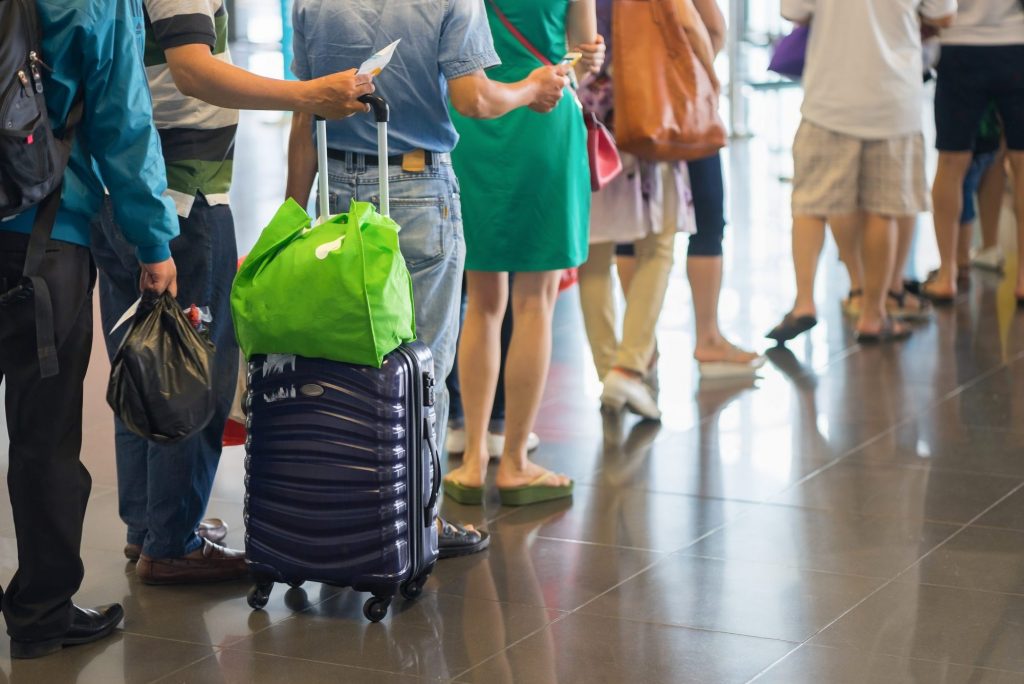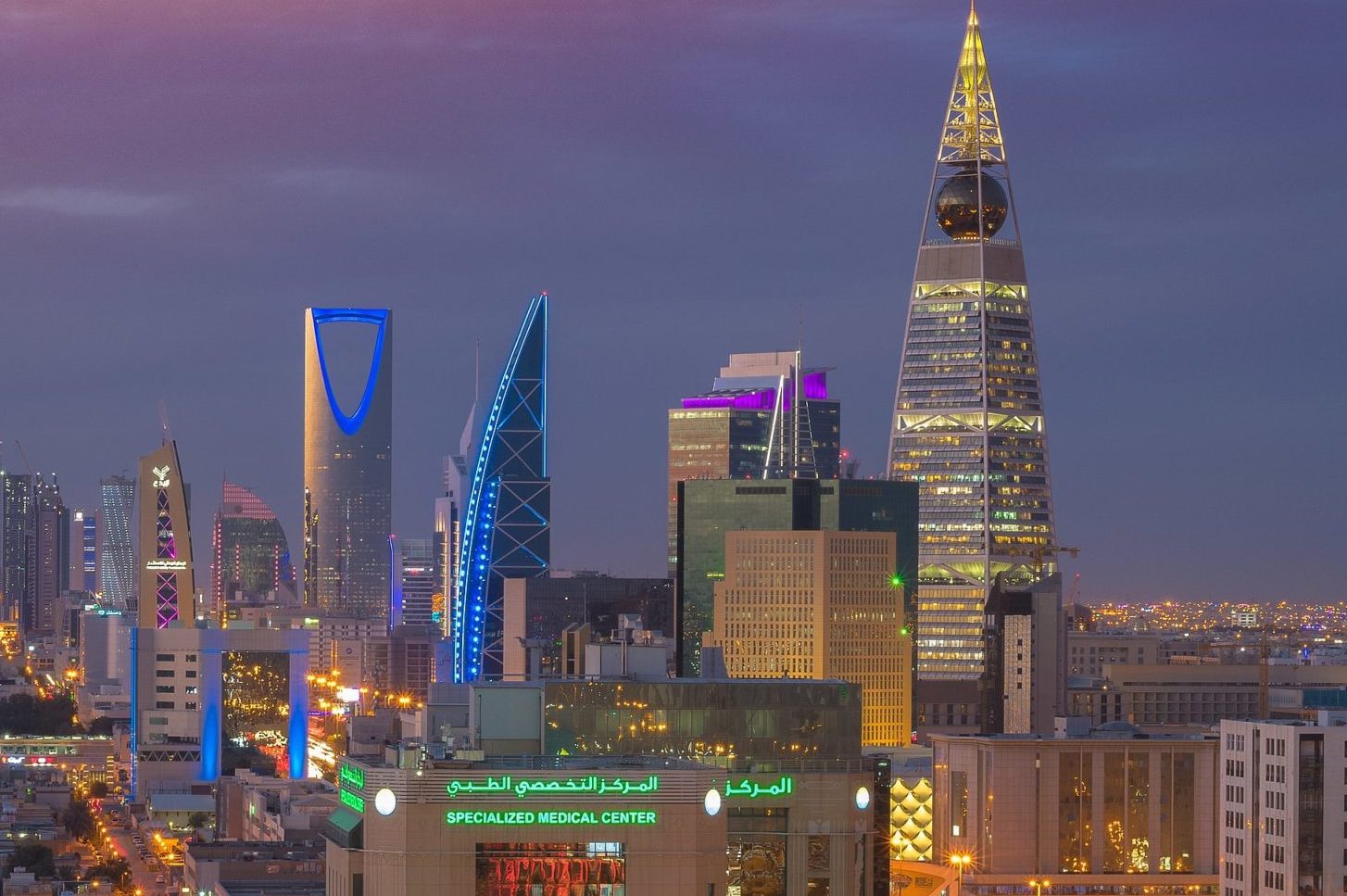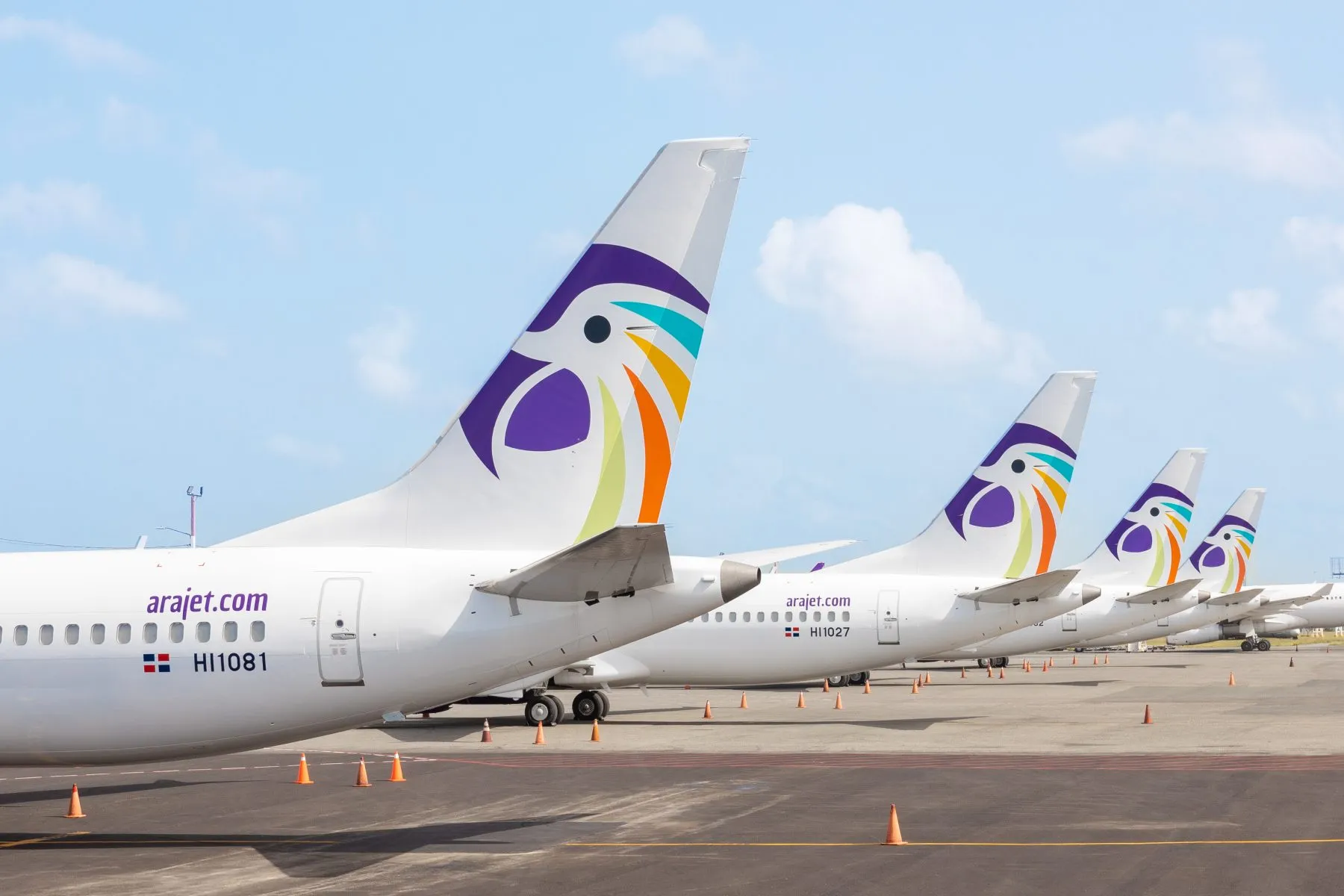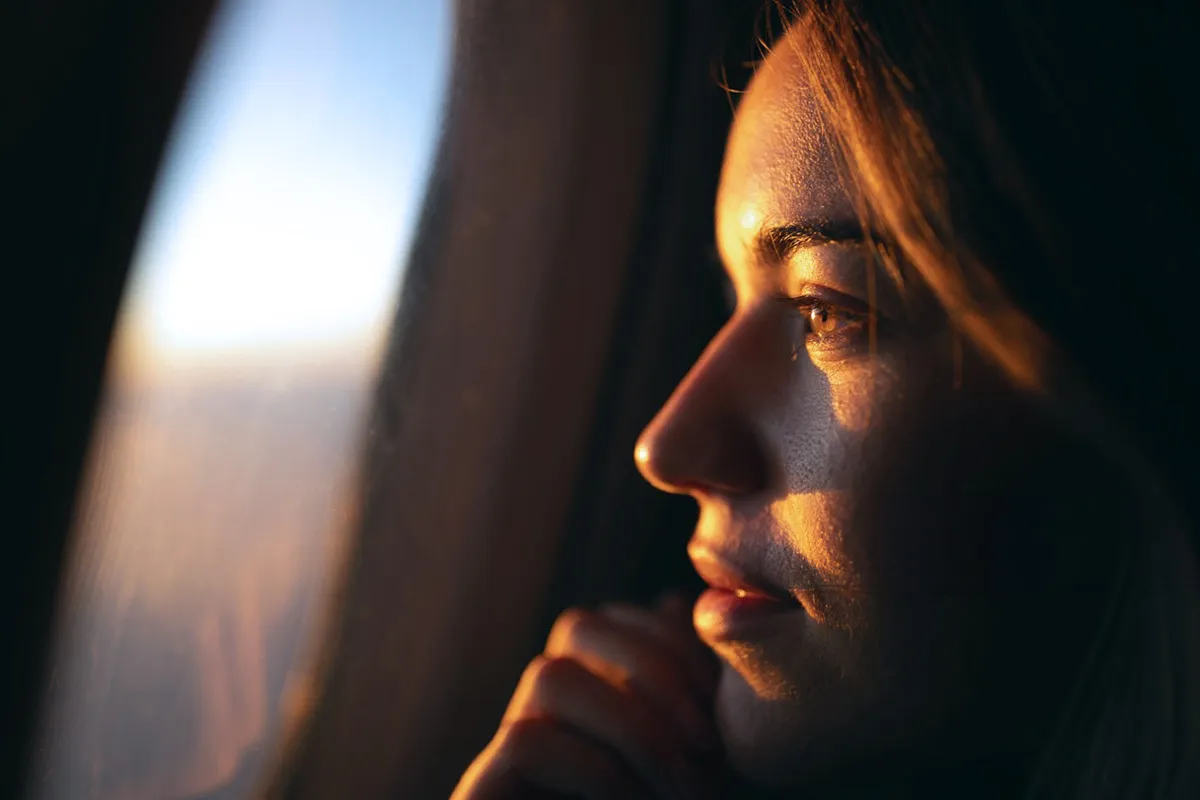The Week That U.S. Travel Started Its Recovery, by the Numbers

Skift Take
After a year of multiple coronavirus case surges in the U.S. dealing blows to the travel industry, the recovery across a variety of sectors like hotels and airlines appears to have something new: momentum.
Just look at the last five days.
The hotel sector added 40,000 jobs in March, the U.S. Bureau of Labor Statistics reported Friday. Hotel occupancy rates in the U.S. are just shy of 60 percent, according to this week's STR report out on Thursday. This is up from drops during the winter surge of new cases and even occupancy rates generally hovering at or below 50 percent during last year’s summer travel peaks.
Nearly 1.6 million people went through airport security checkpoints Thursday. The figure has been above the 1 million-person threshold all week, according to the Transportation Security Administration. While this is still off the more than 2 million daily passengers seen in 2019, it is a major step up from the 124,000 seen last April 1. United Airlines said Thursday it would hire 300 new pilots, a sign of a faster-than-expected recovery. The airline plans to recruit from pilots who either had scheduled training or conditional job offers in 2020 that were later pulled due to the pandemic.
The U.S. Centers for Disease Control and Prevention also issued guidelines Friday giving the green light for fully vaccinated Americans to travel. About 56 million Americans, or 17 percent of the U.S. population, are fully vaccinated as of this week, according to the CDC.
"We’ve passed a turning point," said Jon Bortz, CEO of Pebblebrook Lodging Trust. "When people get vaccinated, they’re booking travel. We’re seeing it everywhere."
Occupancy rates at Pebblebrook's portfolio, which includes hotels like the Mondrian Los Angeles and the Sofitel Philadelphia at Rittenhouse Square, doubled since January, he added. That's partially fueled by more California hotel markets reopening last month, but strong leisure demand across the country also helped.
Beach and ski destinations see the highest occupancy rates, with the overall U.S. resort sector hitting a 61 percent occupancy, according to STR. But Pebblebrook’s urban portfolio of hotels even cleared the 50 percent occupancy threshold in recent weekends.
Some U.S.-based airlines also see a recovery in domestic demand. American Airlines reported this week that its weeklong moving average of fresh bookings minus cancellations was about 90 percent of reservations during the same period in 2019.
"It feels like we’re on a fairly favorable recovery path in all regards," Bortz said.
Marriott CEO Tony Capuano reported a significant acceleration in demand at the world's largest hotel company. Wyndham’s occupancy rates the last two weeks are the highest seen since the beginning of the pandemic and are only 15 percent off from 2019 levels, the company’s CEO Geoff Ballotti said this week on CNBC.
“Never ever bet against America,” Accor CEO Sebastien Bazin said this week on Monocle's the Chiefs podcast. “It’s one of the most resilient markets.”
Hiring Spree
While the hotel sector's unemployment rate actually rose last month to 19.9 percent — significantly higher than the 6 percent national average — this is fueled in part by more people returning to actively seek hotel jobs after months of uncertainty.
The U.S. added 916,000 jobs overall last month. The 719,000 overall jobless claims in the U.S. last week, while still significantly higher than pre-pandemic levels, were the lowest seen since the beginning of the pandemic, the U.S. Department of Labor also reported this week.
Leisure travel continues to dominate the hotel industry’s recovery as well as overall hospitality. The restaurant sector alone added 176,000 jobs.
The strong jobs report adds to the growing sentiment the U.S. has reached a turning point for the better in its travel industry’s ongoing comeback from decimated performance during the ongoing pandemic.
Optimism Sells Ads
Online travel advertising is also ticking upward, as many Americans get the latest stimulus payments from the U.S. government.
Online booking of hotels at the property level in the past week was only about 10 percent off from March 2019 levels, said Sojern, a travel marketing-tech startup.
Sojern helps suppliers, online resellers, and destinations market travel across digital channels such as ads on Facebook, price-comparison sites, and streaming TV. For example, with hotel bookings, a company only pays Sojern if an ad converts to a reservation, which gives the startup visibility into trends.
"The majority of those bookings are driven by basically U.S. consumers," said Noreen Henry, chief revenue officer of Sojern. "It represents a strong uptick in transactions in recent months."
The U.S. tours-and-activities sector continues to be held back by many capacity restrictions. Yet when local authorities allow attractions and experience operators to increase guest capacity, the operators are often selling out.
Redeam, which helps experiences attractions operators with touch-free ticketing and online selling, said Thursday it saw a double-digit percentage increase, compared with February's level.
"We are seeing increasing demand," said Redeam CEO Melanie Meador, who closed a $12 million funding round this week.
Lingering Clouds on the Horizon
So much has confounded forecasters during the pandemic that there remain reasons to be cautious.
Revenue per available room — the hotel industry's key performance metric — is still off by nearly 32 percent from 2019 levels, STR reports. Leisure and hospitality employment is still down by 3.1 million jobs, or 18.5 percent, from February 2020 levels, the Labor Department reported Friday.
While optimistic on where things are heading in the U.S., Bazin still noted there's a long way to go in urban markets like New York City and Los Angeles that rely heavily on international travelers.
Looking ahead to summer, a key worry for some travel industry leaders is that the U.S. may see a reduction in foreign visitors. Many countries with delayed vaccination programs may not send as many visitors to the U.S. or other foreign countries.
Companies like SH Hotels & Resorts would have to shift marketing strategies. As much as a quarter of the business at the company's Baccarat Hotel and 1 Hotel Central Park in Manhattan came from international travelers, SH Hotels CEO Arash Azarbarzin told Skift earlier this year.
Yet for domestic U.S. travel, the mood has brightened. Boeing CEO David Calhoun said on Wednesday at an aviation conference he forecast "travel will be back and it will be robust" once 50 percent to 70 percent of the country is vaccinated.
But international travel is being hamstrung by a mishmash of public health restrictions that are confusing travelers.
"Passengers don't know what to expect on the other end," Calhoun said. "Until that's predictable and reliable, we're going to be in a tough spot."




